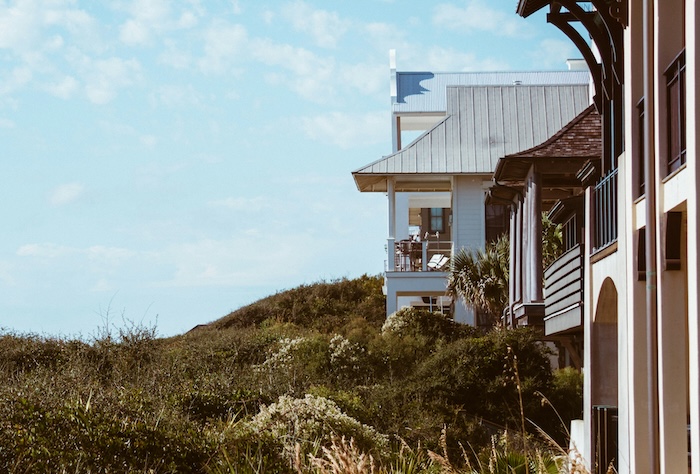The Iron Bowl is the name given to the Alabama-Auburn football rivalry and is considered one of the most important football rivalries in the annals of American sports.
It's been played for many years at Legion Field in Birmingham, Alabama. The name comes from Birmingham's historic role in the steel industry. Auburn coach Ralph “Shug” Jordan is credited with coining the name. When asked by reporters in 1964 how he would deal with the disappointment of not taking his team to the bowl game he responded “We’ve got our bowl game. We have it every year. It’s the Iron Bowl in Birmingham”.

For much of the 20th century, the game was played every year in Birmingham, with Alabama winning 34 games and Auburn 19. Since 2000, the games have been played at Jordan–Hare Stadium in Auburn every odd-numbered year and at Bryant–Denny Stadium in Tuscaloosa every even-numbered year.


On February 22, 1893, Auburn and Alabama played their first football game in Lakeview Park in Birmingham, Alabama. Auburn won 32-22 before a crowd of around 5,000. However, each school recorded the game in different years, Alabama the end of 1892 and Auburn the beginning of 1983.

In 1902 both schools were given a land-grant to appease their fighting over the land and the title of their agriculture program. The bill never passed. But in 1907 it resurfaced and the decision came to move the land-grant from Auburn to Birmingham. Meanwhile, tensions rose between the two football teams.
Because of this rivalry the series was suspended after the 1907 game and the 1908 series was canceled. However, in late September 1908, Auburn and Alabama came up with a compromise between the two of them to play but they couldn’t find a date to play their game because Auburn would not break their rule of not playing after Thanksgiving which stopped the series once again.

In 1944 Auburn wanted to renew the football series. This time Alabama said no because their Board to Trustees felt their rivalry would bring an overemphasis of football in Alabama and an unhealthy increase in rumor and rancor between the schools.
Throughout this time, it was also thought that Alabama would eventually take over Auburn and their would be no more need for a rivalry. However, 1945 proved them wrong with the doubling of enrollment twice at Auburn.

In March 1947, Auburn’s Board of Trustees approved a resolution to resume athletic competition between Auburn and Alabama because Auburn has grown so much and because they realized that the competition was to help promote more interest in the athletic programs. From there the governor suggested the game be played no later than the first Saturday in December of 1947.
However, they had to play on a neutral site in Birmingham. This led to Legion field because of its size dominating Tuscaloosa’s Denny Stadium and Auburn Stadium.

Legion Field opened in 1927 and named in honor of the American Legion. At it’s peak, it seated 83,091 for football and had the name “Football Capital of the South” emblazoned from the facade on its upper deck. Legion Field is colloquially called “The Old Gray Lady” and “The Gray Lady on Graymont”. Now, only the Birmingham Blazers occupy the field.

Legion Field hosted the rivalry between 1948 and 1988. From 1948n to 1987 each team rotated claiming home-field rights with Alabama in even-numbered years and Auburn in odd-numbered years.
The Iron Bowl was played in Birmingham more or less out of necessity and was more accessible to the rest of the state.
Between 1969 and 1987 Auburn was insistent on adding to Jordan-Hare Stadium until it eclipsed Legion Field in size to squash the arguments that the on-campus facilities were not large enough for the Iron Bowl. However, by the mid-1980s, Legion Field had grown to over 75,000.

By this time Auburn fans were feeling chagrin playing all Iron Bowl games at Legion Field. They believed is was not a neutral site since most of Alabama’s games had been played at Legion Field. However, it was not moved because of the relationship between Pat Dye and Bear Bryant.

In the late 80’s the schools agreed that Auburn could play their home games for the Iron Bowl at Jordan-Hare starting 1989 and Alabama continue their home games at Legion Field. On December 2, 1989 Alabama came to Auburn for the first time ever where Auburn won its first true Home game of the series.

At this time Alabama continued to hold its home games at Legion Field until 1998 when they expanded Bryant-Denny Stadium taking over Legion Field and they’ve been there ever since.
Between its use for the Iron Bowl and as an alternate home stadium for the Crimson Tide and Tigers, Legion Field played host to many of the most important football games in Alabama’s history.
.gif)






.gif)


